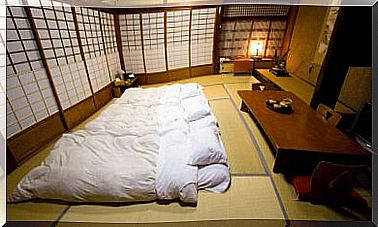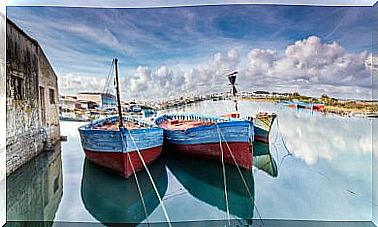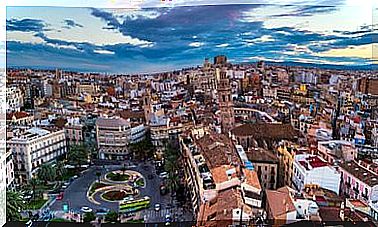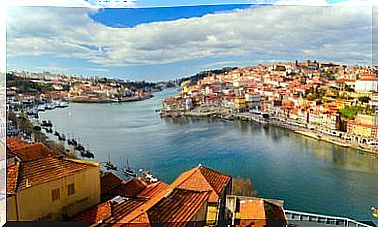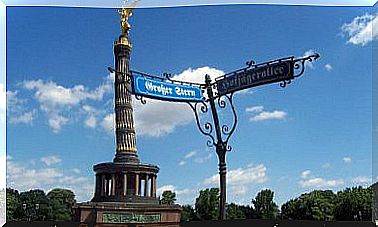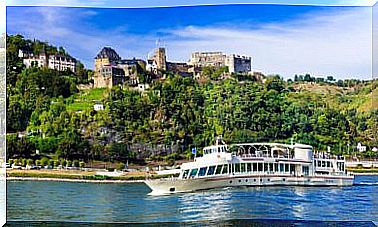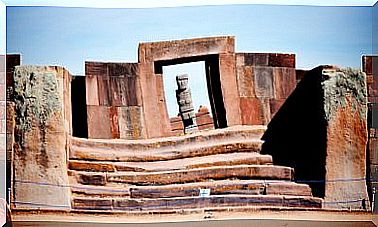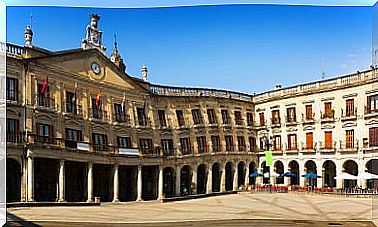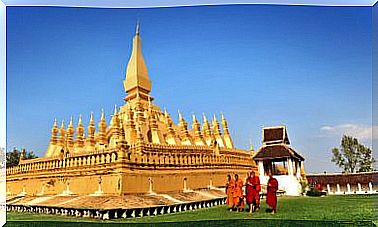The Roman Forum In The Italian Capital, A Trip To The Past
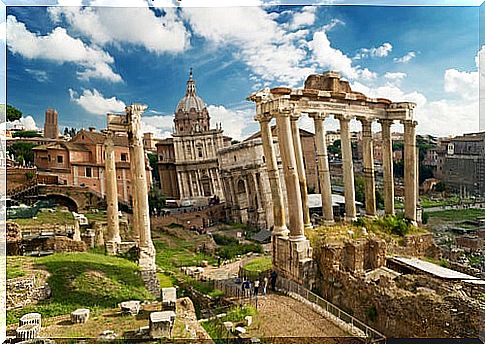
If you travel to the capital of Italy it is one of the “must” visits. The Roman Forum, in the heart of the city, was home to the institutions of government, the market and the temples. There was even room for justice, prostitution, and business. We can still find some remains of what was the epicenter of life in ancient Rome.
Visiting the Roman Forum
The area where this forum was built in the 6th century BC was a swamp that was drained through a sewer, in what would be the world’s first sewage system.
When the Roman Empire disappeared, the Forum was forgotten and it was buried. In the twentieth century, excavations were carried out that allowed us to find the remains of these wonderful constructions. Among the highlights are:
1. Temple of Castor and Pollux
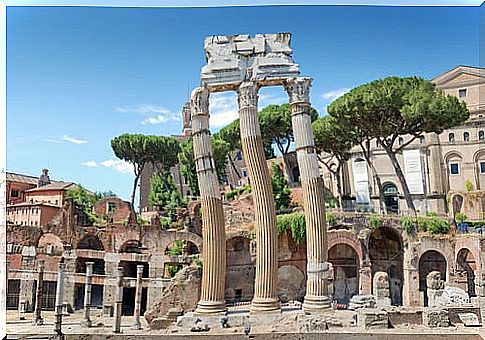
In the exact place where two young soldiers fought against the Latinos it was decided to erect a temple with porticoes, columns and a 50 meter long podium. Three of the nineteen columns can still be seen.
2. Temple of Romulus
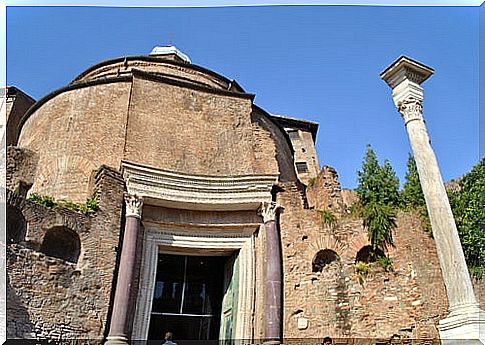
With a circular plan and curvilinear façade, capitals and marble tars, this temple became the atrium of a church in the 6th century and today it can be seen almost in its entirety.
3. Basilica Emilia
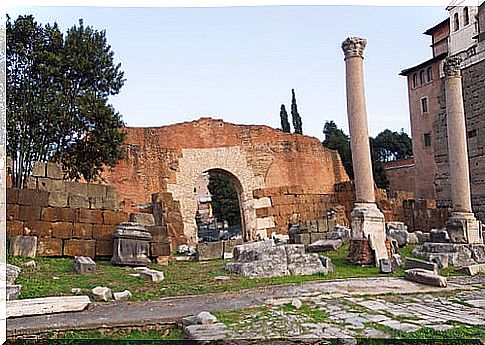
It was built in 179 BC by order of the consul Marco Emilio Lépido. It was rebuilt on different occasions and in the year 14 it suffered a fire that almost completely destroyed it. The basilica was divided into naves and rows of columns.
4. Basilica Julia
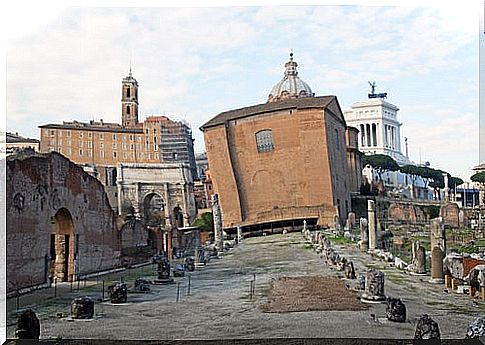
It is south of the Roman Forum between the temples of Saturn and Dioscuri. It was ordered to be built by Julius Caesar in 54 BC but finished by Augustus 4 decades later. As it caught fire, the emperor’s adopted sons decided to rebuild it to house the civil courts.
Its large dimensions (109 meters long by almost 50 wide) and its domed, two-story central nave allowed 180 judges to work there. On the steps of the portico we can see games engraved in the marble as if it were a game of Chinese checkers.
5. Arch of Titus
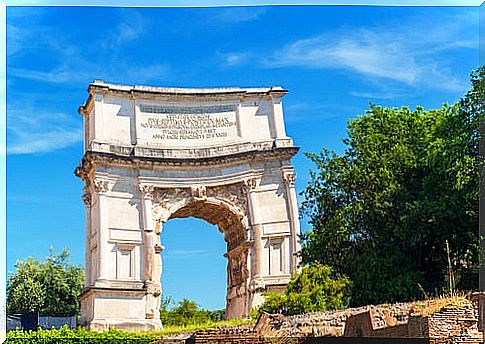
It is another of the triumphal arches of the Roman Forum, located on the Via Sacra, to the southeast of the complex. It was built a few years after the death of Emperor Titus and commemorates his victories against the Jews. In addition, the figures that adorn the construction show it as a being between real and divine.
It has served as a “model” for other arches erected from the 15th century on, such as the one in Paris, the Gateway of India and the Soldiers and Sailors Arch in Brooklyn (New York).
6. Arch of Septimius Severus
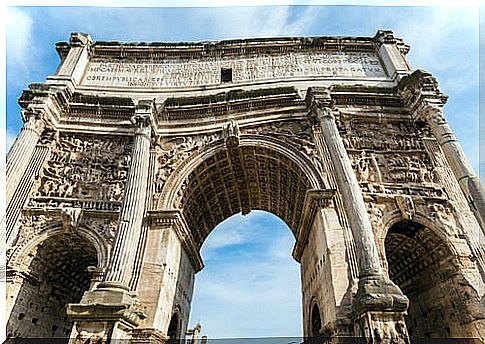
It is at the foot of the hill where the Capitol stands and was built in 203 to celebrate the victories of Emperor Septimius Severus and his sons. It is made of marble and consists of a main arch and two smaller ones.
7. Tabular
It is one of the buildings built at the end of the Roman Republican era and was used to keep important documents (the laws and acts of the State written on bronze tablets).
The works finished in the year 78 BC And it is in a kind of uneven terrain. Its recessed Doric column decoration, stone walls and various architectural elements make it a truly wonderful piece of the Forum.
8. Julia Curia
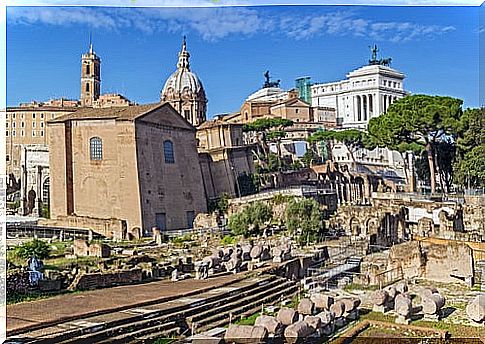
It is an old monument used as the seat of the Senate and that was erected in 44 BC It receives this name because the person in charge of the works was Julius Caesar, although they had to be interrupted by his murder in the theater of Pompey until the successor of the emperor , Octavian Augustus, finishes them in 29 BC
It is one of the few structures from Roman times that still stands. One of the reasons why it has been preserved is that in the 7th century it became the church of San Adrián. It has a concrete facade covered with bricks, marble blocks and a 25 meter long interior, austere in design and bare walls (although in ancient times they were veneered with marble).
Of course, on your tour you cannot miss the temples of Saturn, Vesta and Venus and Rome, the Basilica of Maxentius and Constantine, the Regia, the Column of Foca and the Via Sacra. Travel back in time during your walk through the Roman Forum and imagine life in such remote times.
